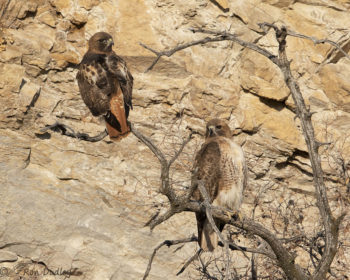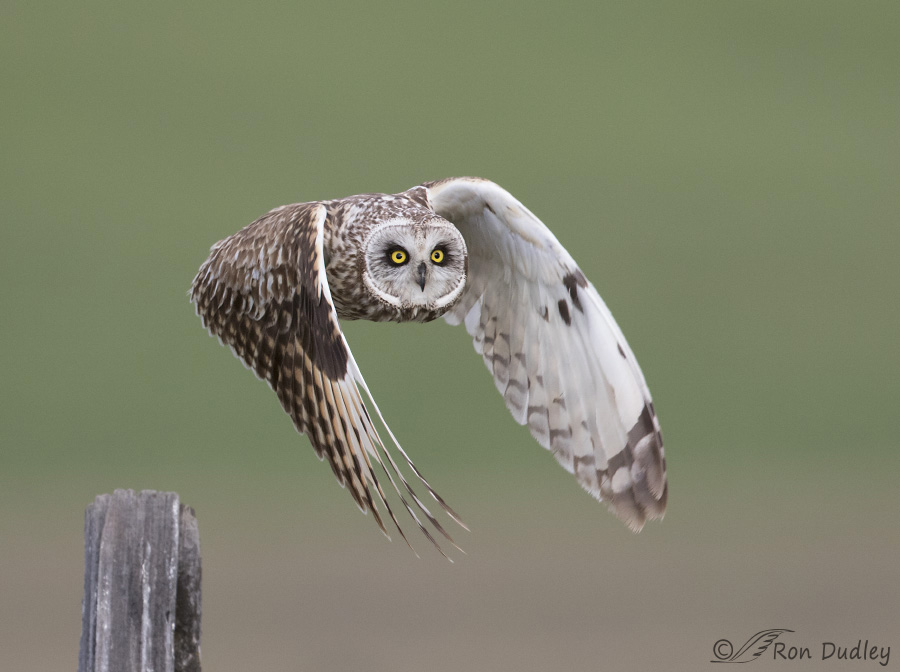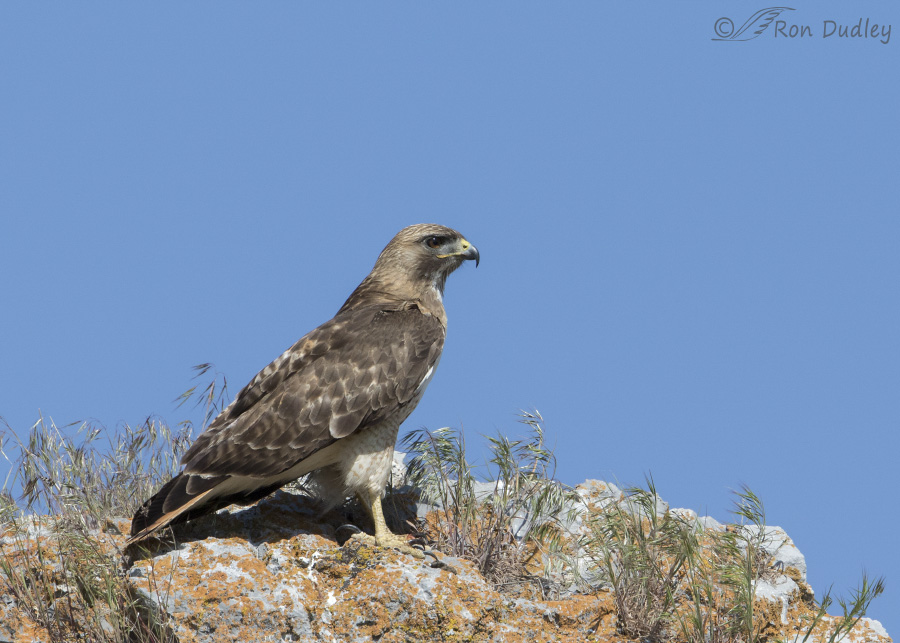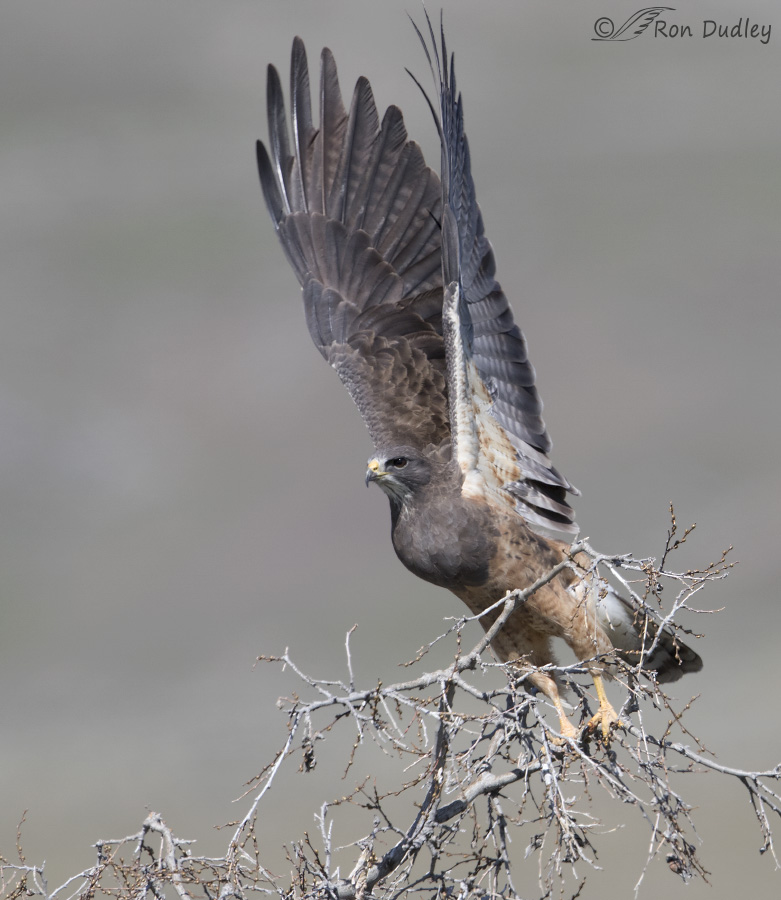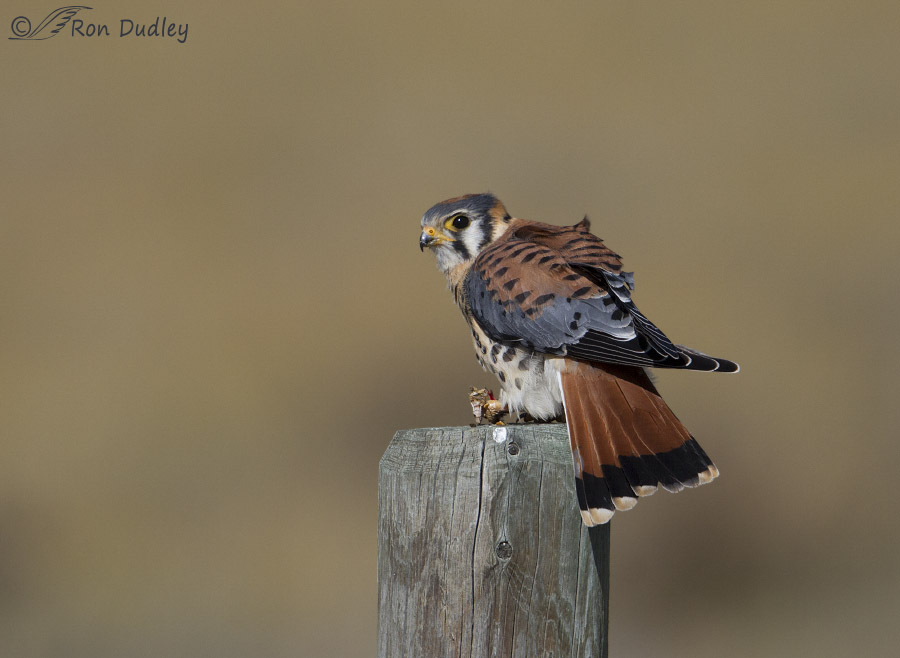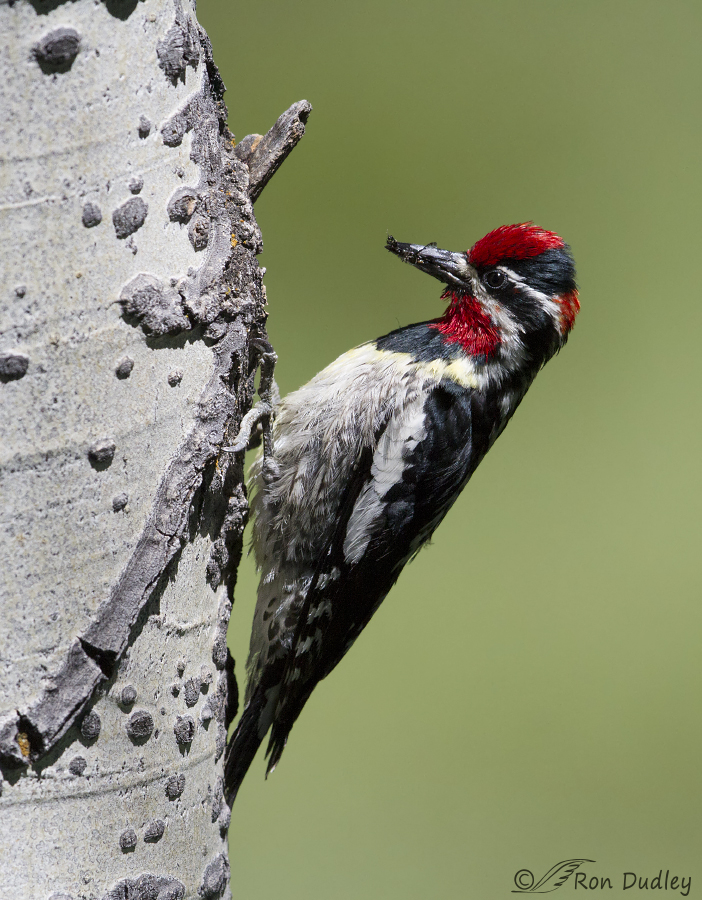Tag: harsh light
Short-eared Owl Flight Series…
A Few Birds From Yesterday Morning
Swainson’s Hawk Takeoff (+ reasons for not shooting at midday)
Back-To-Back American Kestrels – Male And Female With Prey
Red-naped Sapsucker – Sometimes Inappropriate Camera Settings Can’t Be Helped
The Trouble With Harriers
Obtaining proper exposure on certain birds with high contrast colors has always been a big problem for bird photographers. When your subject has both very light and very dark colors it becomes problematic to get good detail in the darks without “blowing out” the whites, especially if the whites are very bright white. A partial list of bird species that are notoriously difficult to expose properly would include the Black Billed Magpie, male Wood Duck, adult Bald Eagle and many species of Terns. And because of the bright white rump patch found on all ages and both sexes of Northern Harriers, that species would also be on the list. One of the partial solutions to this problem is to photograph while the sun is low during either early morning or late afternoon because the light is much less “harsh” then and also because it has a better chance of striking the bird obliquely rather than at right angles (light at an angle tends to produce tiny texture shadows – “detail”). 1/2000, f/6.3, ISO 500, 500 f/4, 1.4 tc, natural light, not baited, set up or called in I like this image for a variety of reasons: the well-lit and detailed view of the topside of a harrier in flight, provided by the banking flight posture of the bird getting good eye contact with this flight posture isn’t easy, but this shot has it the background has some color texture – instead of solid blue sky or white clouds it’s a subtle mixture of both the harrier is sharp –…
White-crowned Sparrow Bathing in a Lilac Bush
I have a serious case of unrequited spring fever. It’s been a long and dreary winter and it’s not over yet so when I stumbled across these images from last spring a few days ago I decided they were worthy of a post. Canon 7D, 1.4 tc, tripod, 1/2500, f/8, ISO 640 It was just after a spring rain in May last year when the sun came out and I noticed this male White-crowned Sparrow fluttering around in my neighbor’s lilac bush so I quickly grabbed my gear and started firing away. Canon 7D, 1.4 tc, tripod, 1/3200, f/8, ISO 640 The sparrow seemed so ecstatic over his bath that he let me get close and pretty much ignored me. Canon 7D, 1.4 tc, tripod, 1/2500, f/8, ISO 640 The leaves and especially the flowers were loaded with water and the sparrow was taking full advantage of the situation. Canon 7D, 1.4 tc, tripod, 1/2000, f/8, ISO 640 And the ecstasy continues. I guess there’s just something special about bathing in lilac water… Canon 7D, 1.4 tc, tripod, 1/2000, f/8, ISO 640 Canon 7D, 1.4 tc, tripod, 1/2000, f/8, ISO 640 Canon 7D, 1.4 tc, tripod, 1/2500, f/8, ISO 640 Canon 7D, 1.4 tc, tripod, 1/2500, f/8, ISO 640 Some of these photos are far from perfect – the light was harsh, the bird was side-lit, I often didn’t get a catch light in the eye and the contrast was high, especially…


